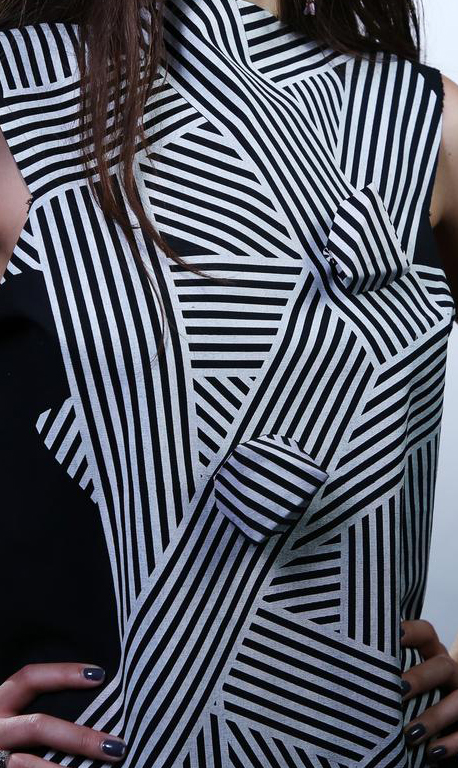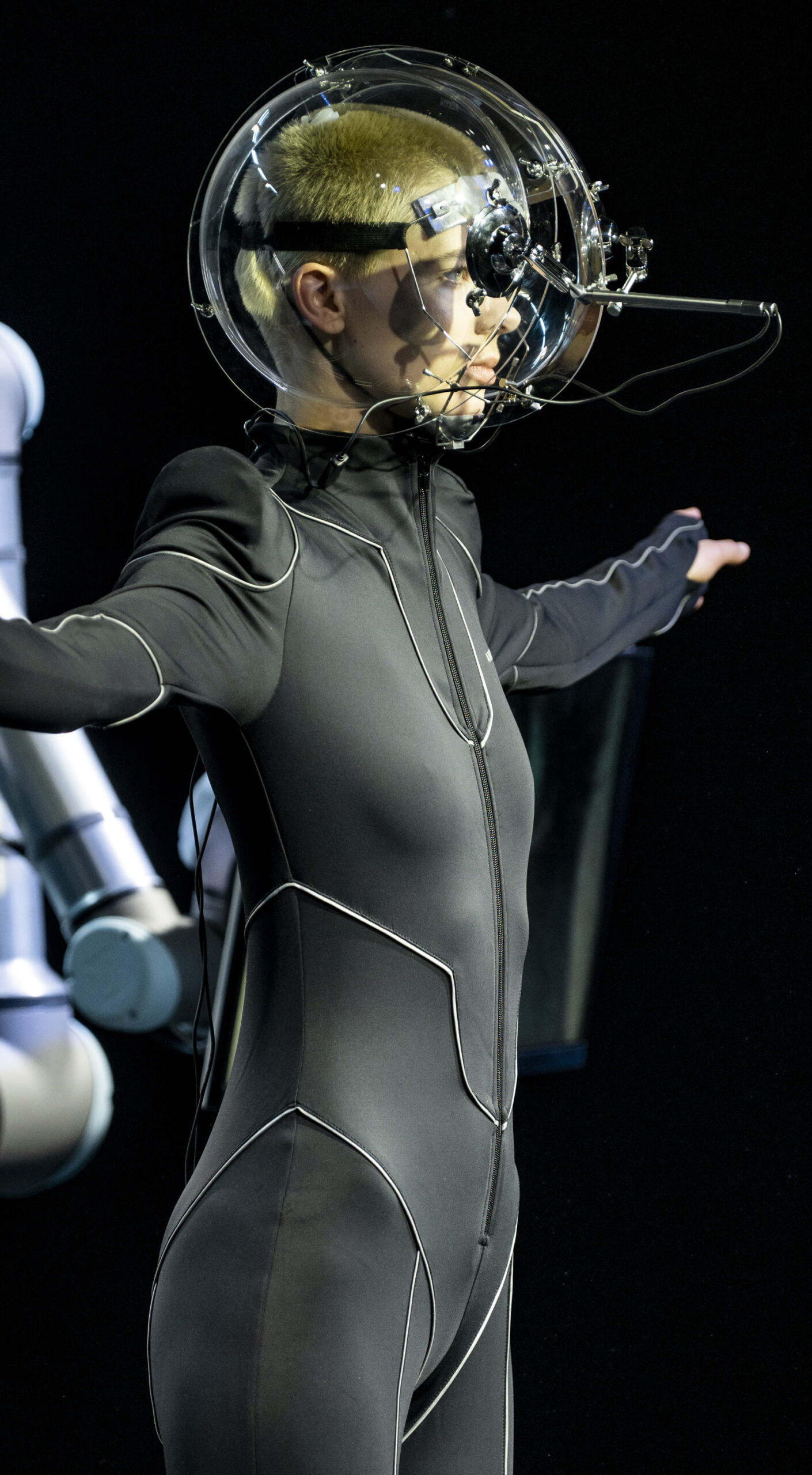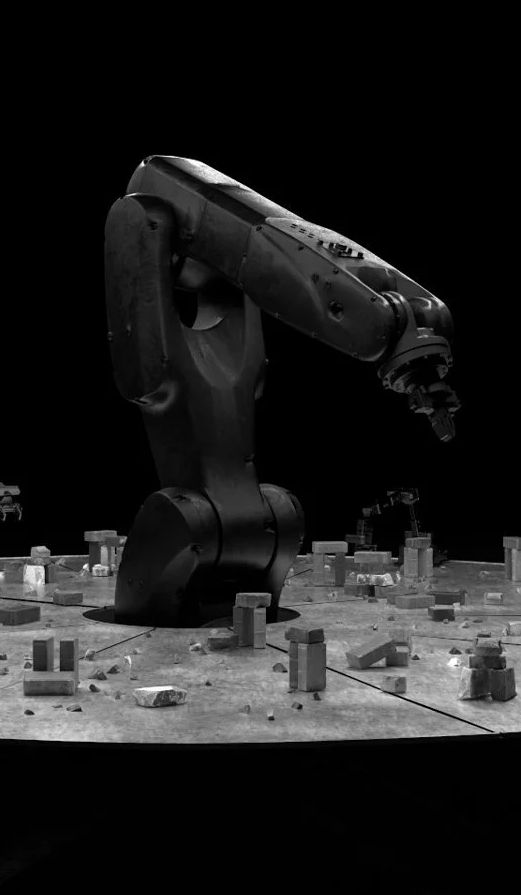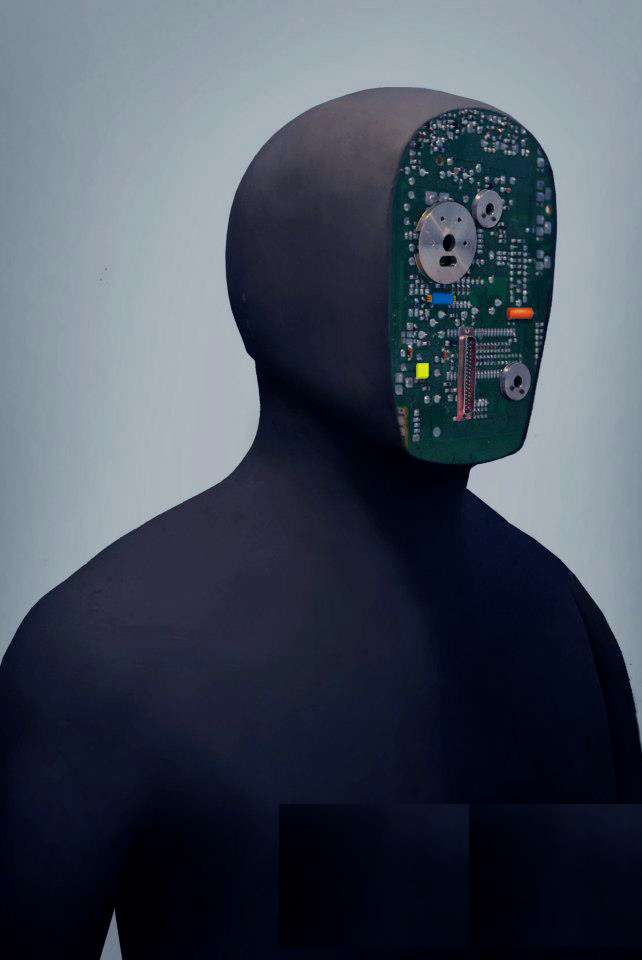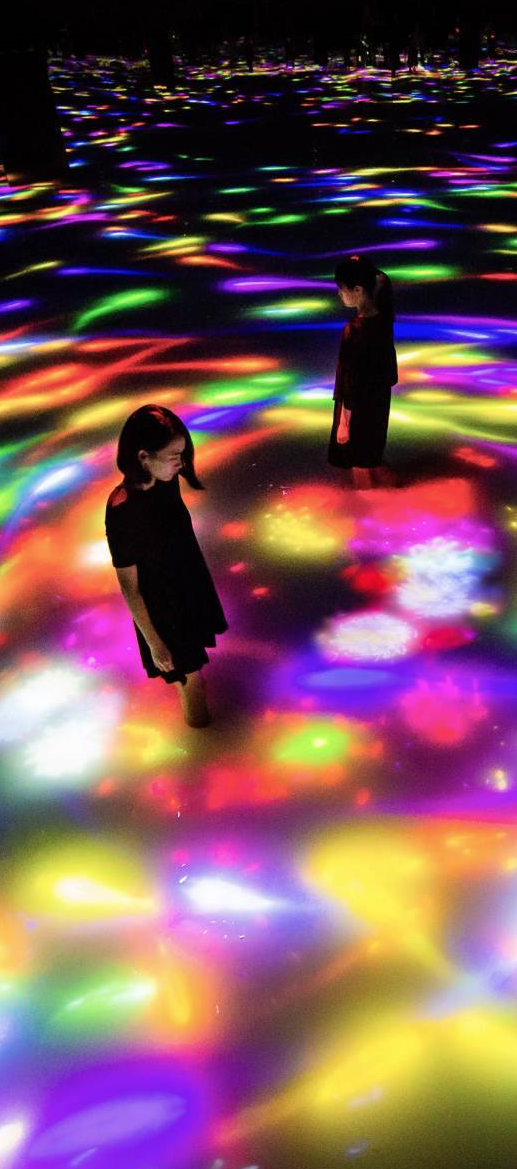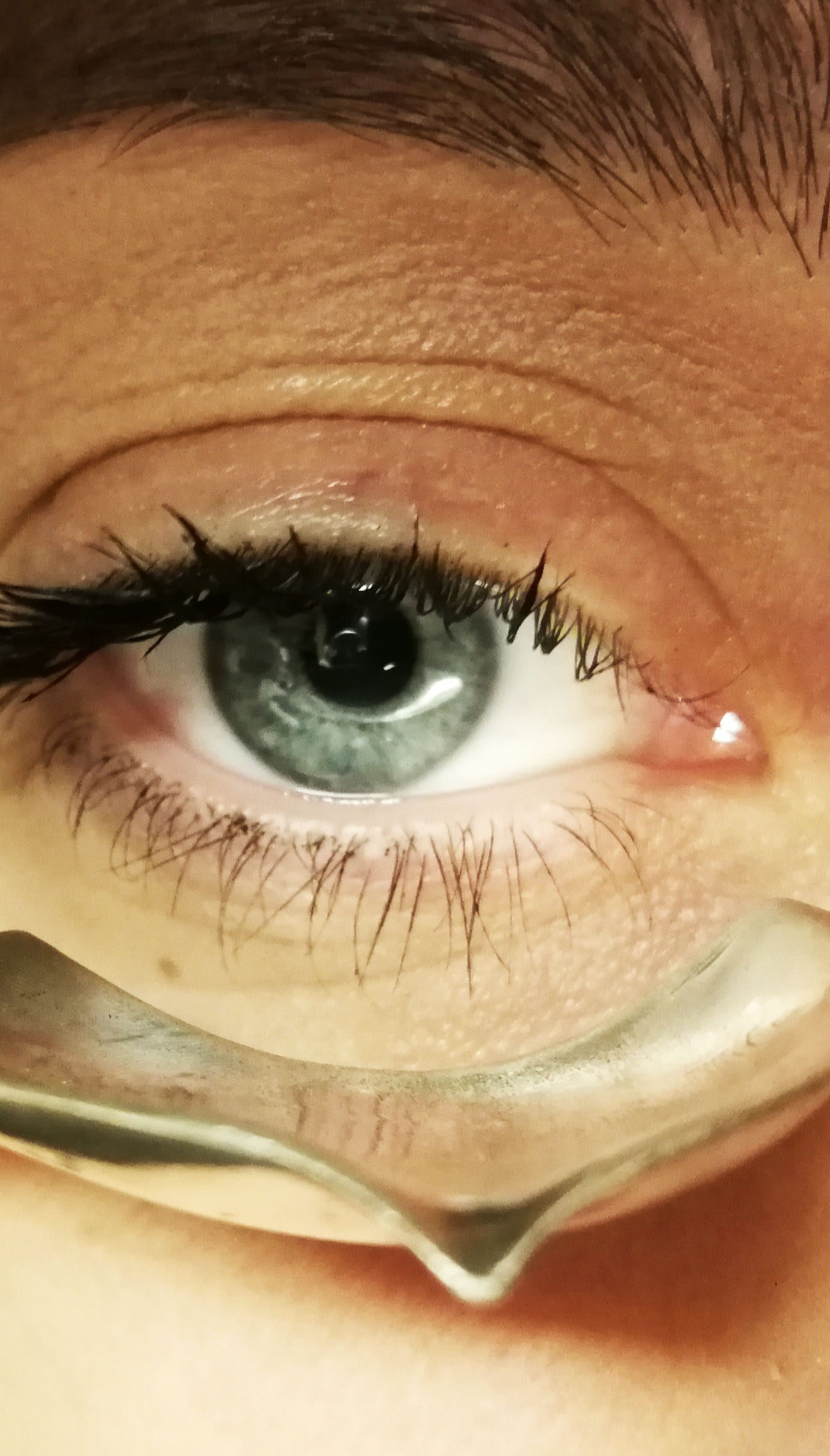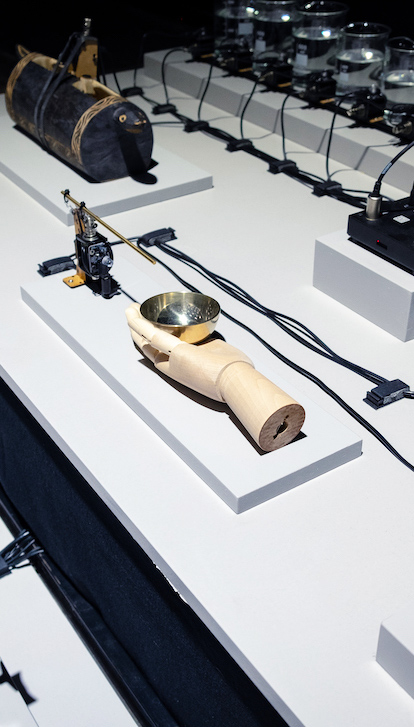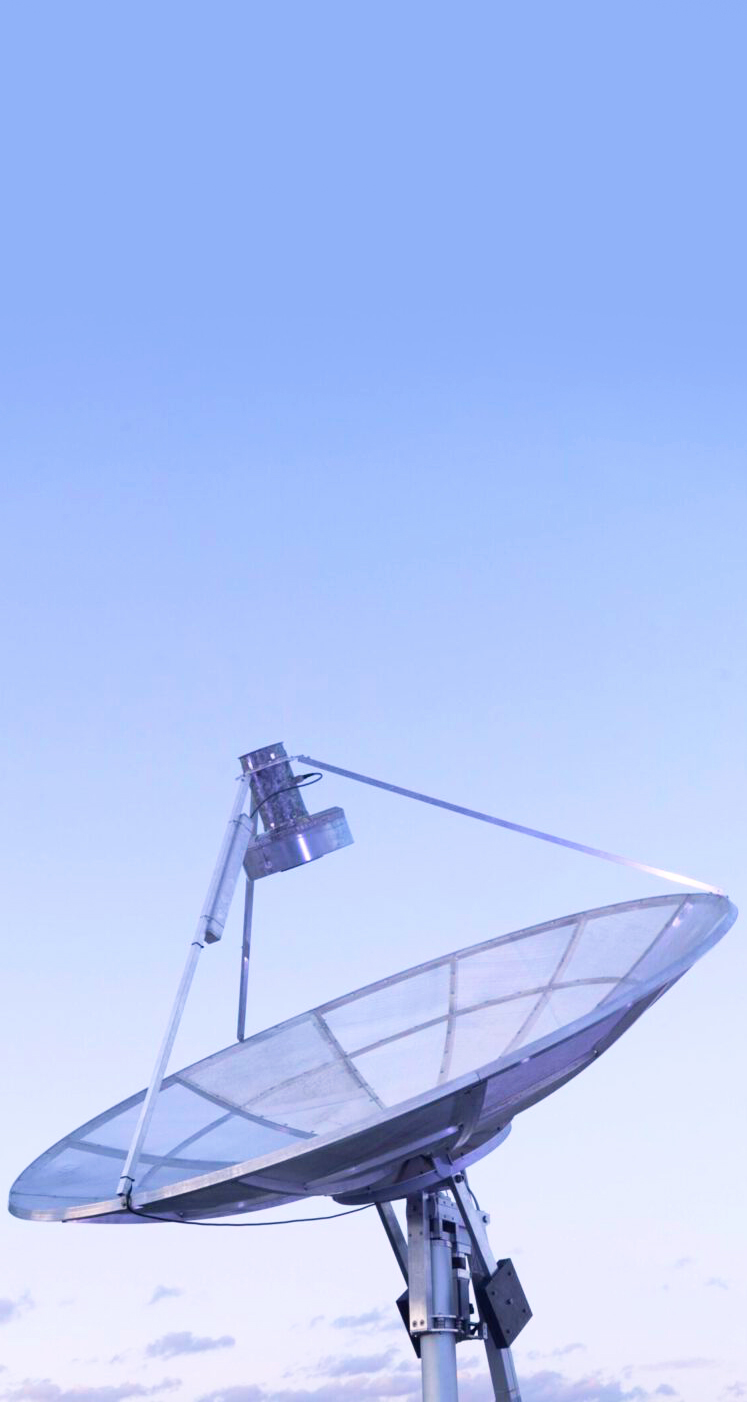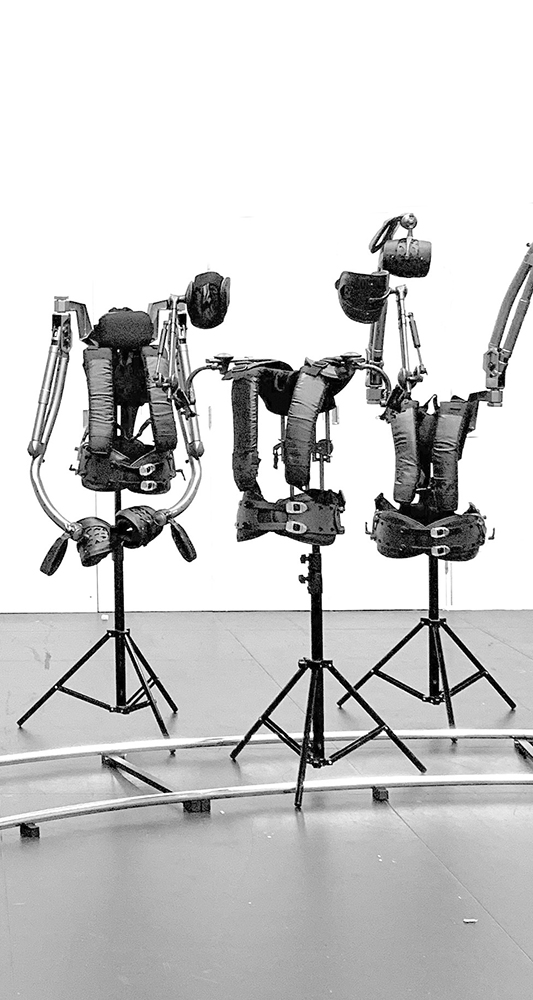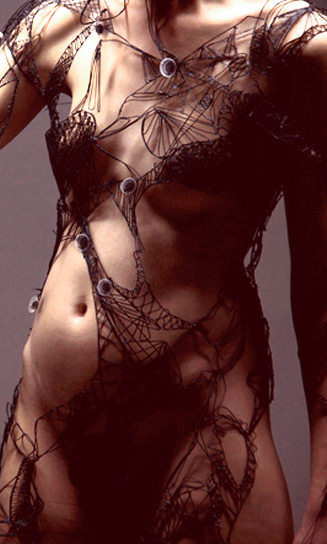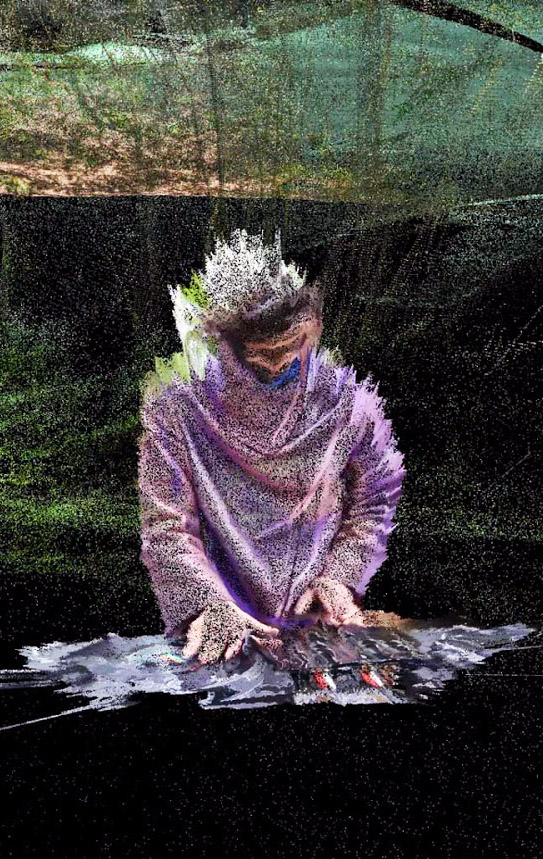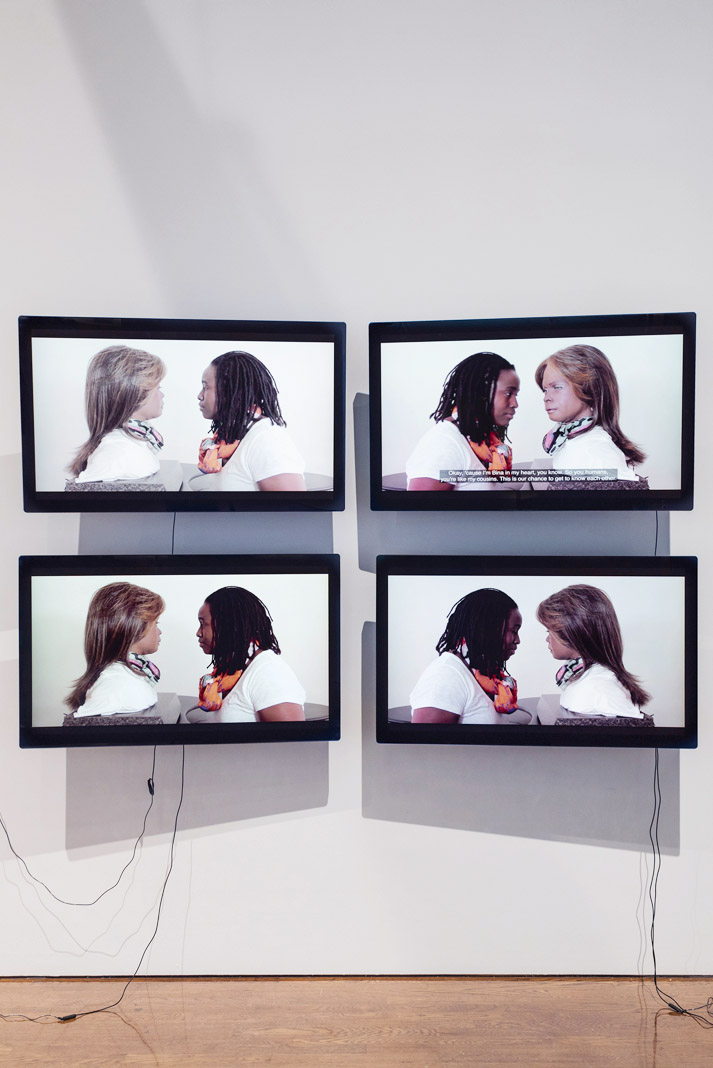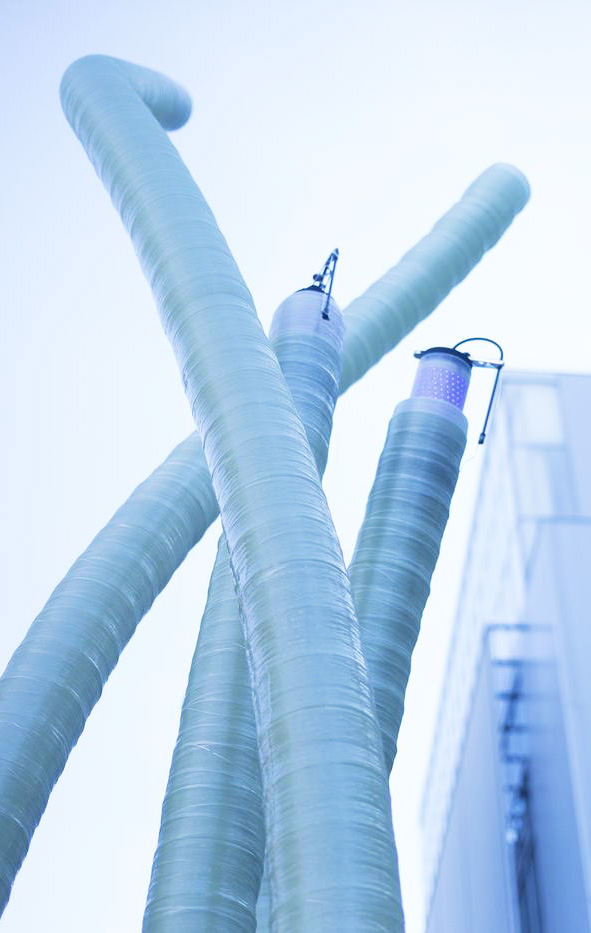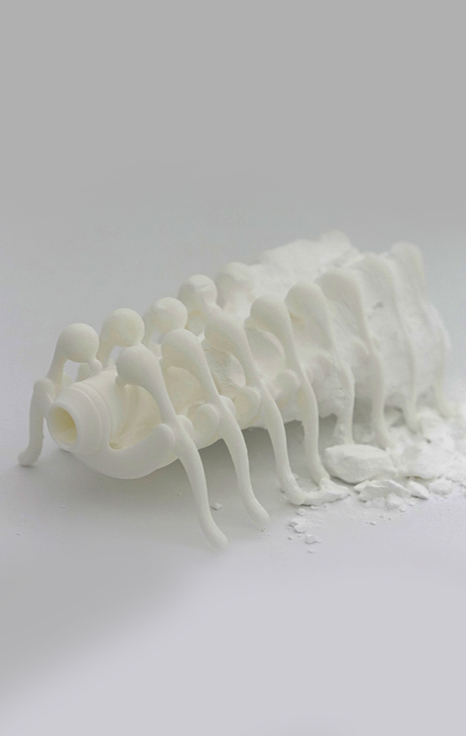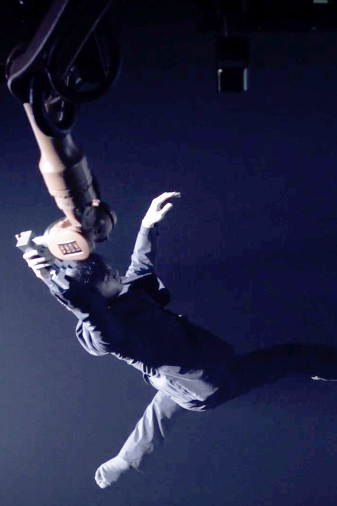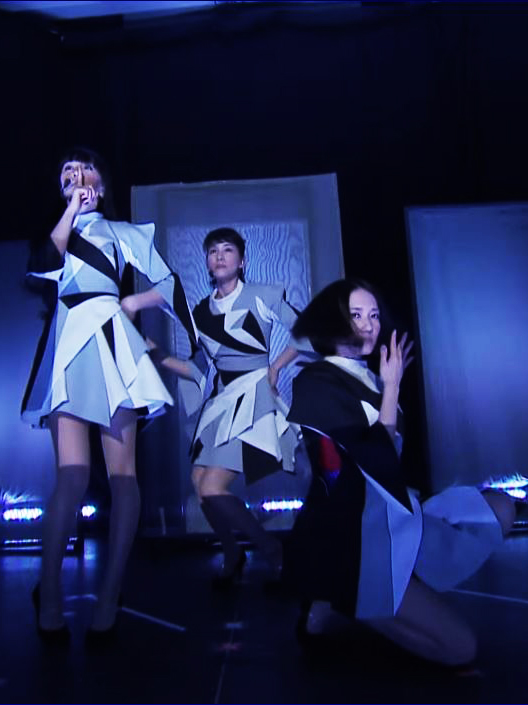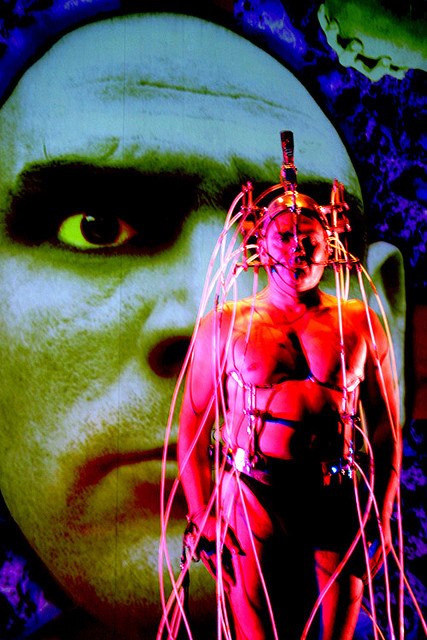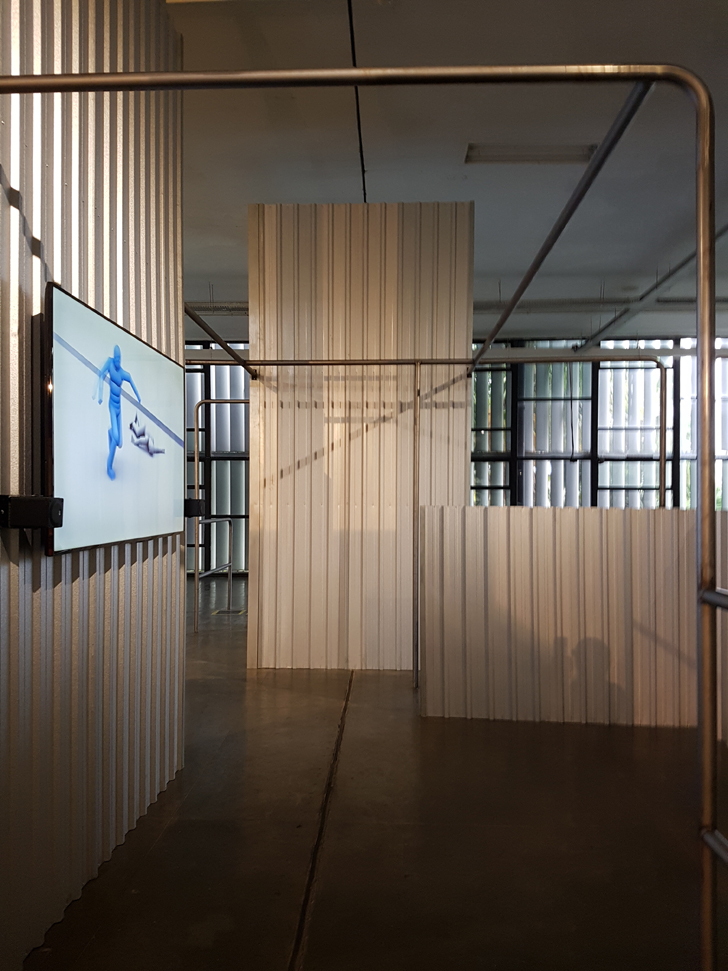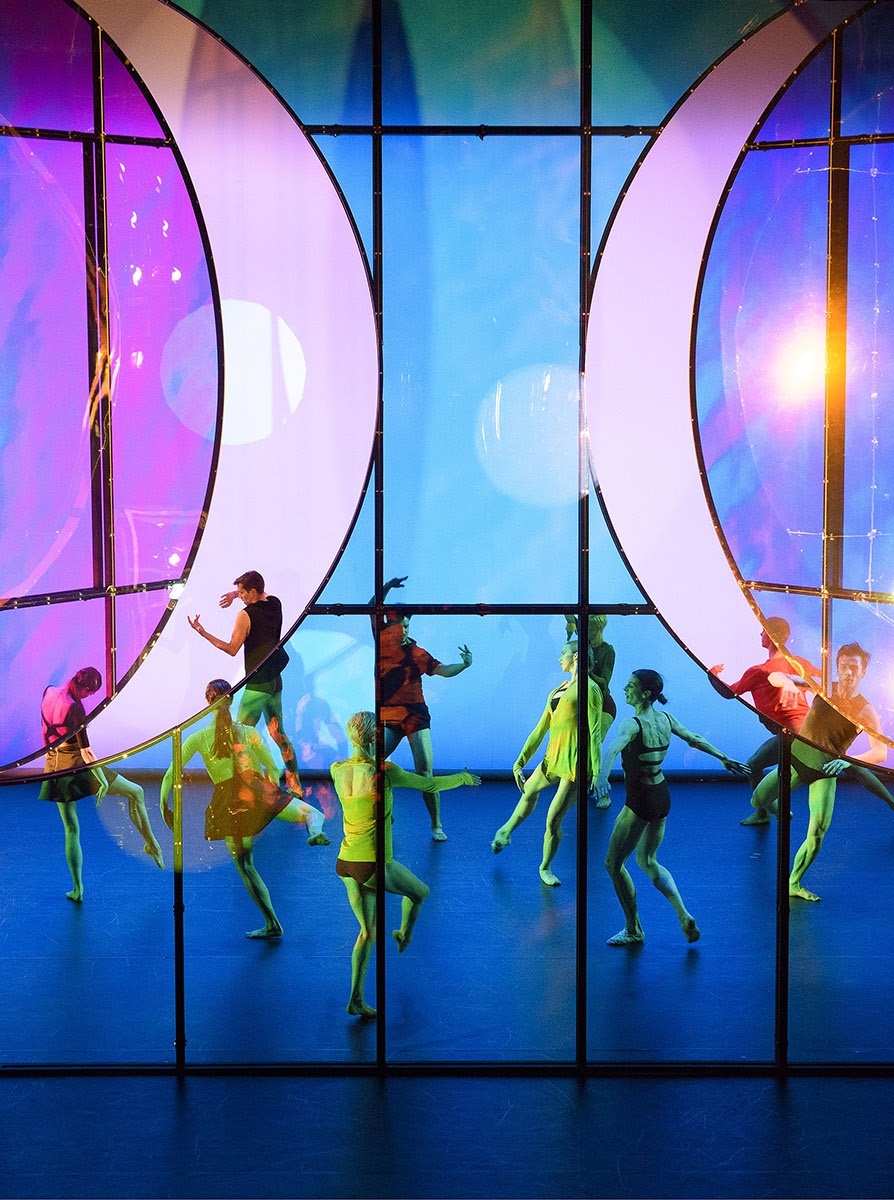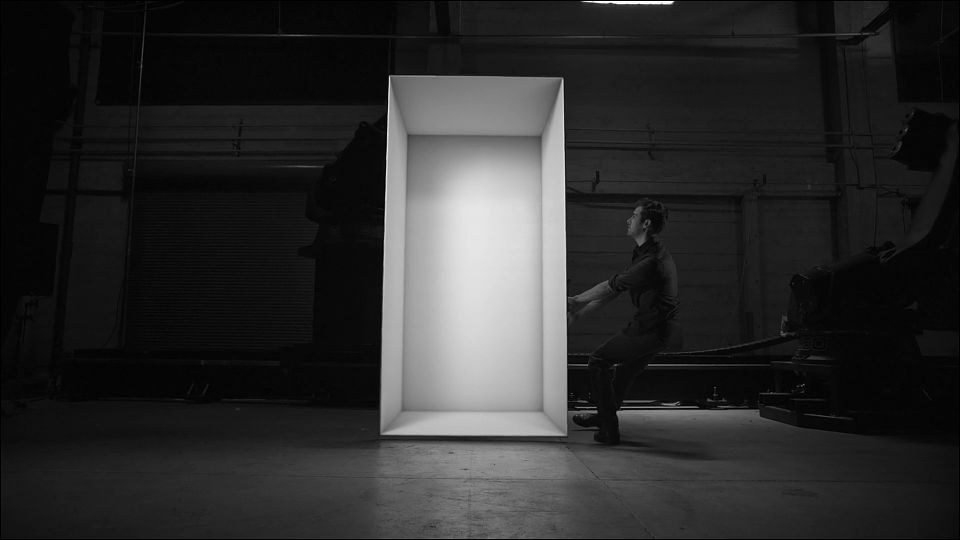高谷史郎
史郎の高谷
ST\LL
Die Wassermatrix (Matrice liquide 3D, auf Französisch) ist eine Robotermaschine, die in Echtzeit Wasserskulpturen erstellt und eine kontinuierliche Entwicklung von Formen und Bildern zum Leben erweckt. Diese Installation schafft vergängliche Skulpturen, die der Betrachter in ständiger Beobachtung und Überraschung festhält, fast eine Metapher des berühmten Flusses Heraklit, in dem „alles fließt, alles sich ändert, nichts übrig bleibt. Tore. Die Idee der 3D-Flüssigmatrix wurde 2001 bei einem Besuch in Lille, der Kulturhauptstadt Europas, geboren, wo Shiro Takatani einen Roboterbrunnenschreiber projizierte, der seine Botschaften übermitteln sollte, indem er eine Reihe flüssiger Buchstaben auf den Teich fallen ließ. Leider existierte die Technologie noch nicht und er musste warten, um einen zuverlässigen technischen Partner mit umfassender Erfahrung im Bau digitaler Wasservorhänge als Lumiartecnia Internacional zu finden. Zwei renommierte Digitalkünstler haben während der Roboterkunstausstellung die Kunstwerke für die Wassermatrix entwickelt: Shiro Takatani und Christian Partos. Shiro Takatanis Kunstwerk schafft eine räumliche Erfahrung, die mehrere Schichten paralleler Tröpfchen erzeugt, die auf magische Weise in der Luft zu schweben scheinen, und für Momente, in denen sie sich aus dem Teich erheben und wieder fallen, in sich unmöglich entwickelnden Kreationen, die der Schwerkraft zu trotzen scheinen. Christian Partos Kunstwerk schafft Sequenzen von Wasserskulpturen, die die Fähigkeit der Wassermatrix zeigen, sofort vergängliche Wasserformen zu erzeugen, die im Teich unten verschwinden, um eine neue zu gebären, und auf diese Weise ein konstant fließendes Video von 3D-Skulpturen zu erstellen, als ob sie es wären waren Fotogramme aus einem Film.



